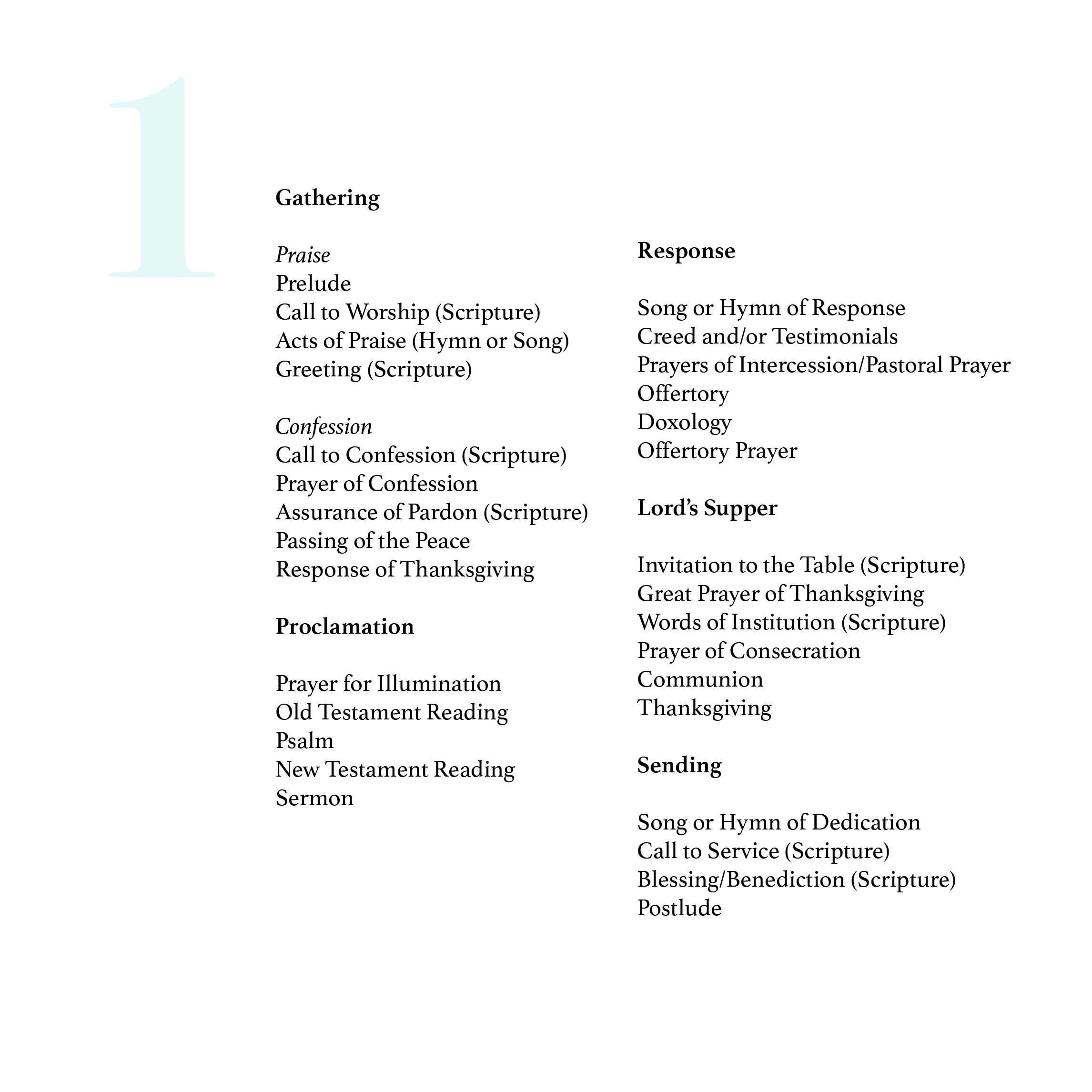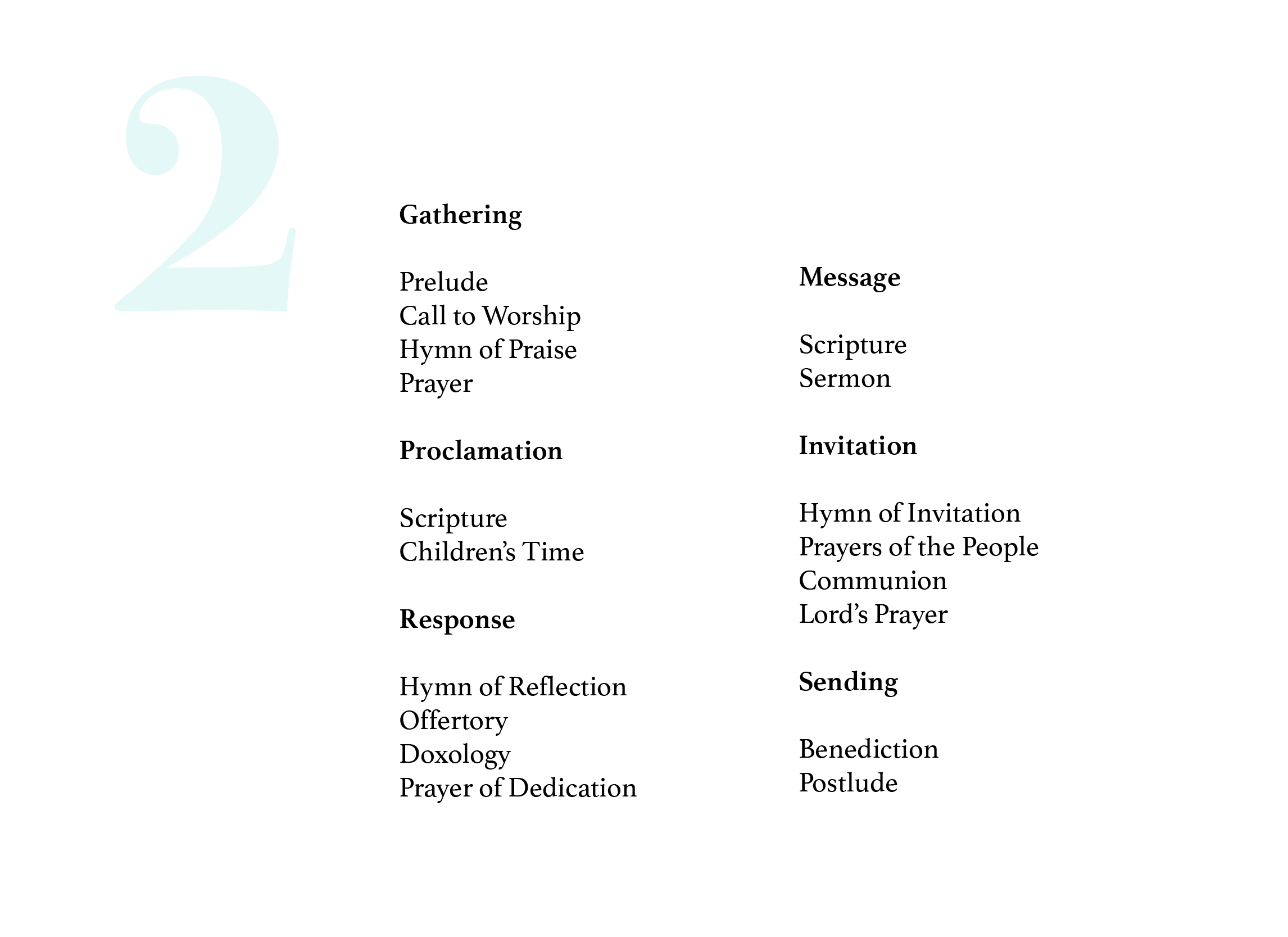What is the purpose of worship?
Why do we come together as a community of believers on Sunday mornings?
What elements are important and meaningful to all who gather?
These are powerful questions for anyone that takes part in worship planning to ask, and answer. If you haven't already, take a few minutes to write out your answers.
When it comes to worship planning, there's no right or wrong way to do it; though, it is important to be intentional about what goes into the worship service and why. Here are a few more questions you might ask:
What does your church value?
What will teach them about God's Word and lead them in prayer and praise?
What will engage them and draw them closer to God?
As John Witvliet advocated, "Every service and each element in it should in some way contribute to rather than . . . distract from the overall purpose a particular service in its context seeks to accomplish." (source)
“Every service and each element in it should in some way contribute to rather than . . . distract from the overall purpose a particular service in its context seeks to accomplish.””
I think we often try to put too many things in the service, especially at this time of the year, and it ends up feeling cluttered and crowded and scattered. "Without attention to the purpose (the “why” of worship), we may inadvertently and with the best of intentions develop and continue patterns and practices in worship (the “how” of worship) that are at cross-purposes with each other." (source)
Want to plan a cohesive service? Here are a few helpful words of advice:
"When you plan worship, start with the why, and choose just one why as the overarching purpose of the service . . . . Then select or create elements of worship (the how) that are most appropriate to that particular purpose. The service as a whole will flow more smoothly and feel more coherent when the why and the hows of worship are more fully aligned without clashing." (source)
As I noted in my post a few weeks ago (read it here, in case you missed it), the "basic pattern" or Service of Word and Table has five main parts:
Gathering
Service of the Word
Response
Service of the Table
Dismissal
There are lots of things you can do with these components and many creative ways to structure worship in a way that is meaningful and engaging for your congregation. John Witvliet noted that a good worship order template includes a variety of worship actions (praise, confession, dedication, prayer, scripture, etc.) and provides a balance between God's words to us and our words to God. (source)
To help get you started and hopefully, give you a few ideas for worship planning, here are five creative worship order templates:
5 Creative Worship Order Templates
This communion service is based on the "basic pattern" outlined above, with expanded sections for praise and confession, thanksgiving, a spoken creed, and a call to service at the end.
Source: Calvin Institute of Christian Worship
Another communion service, this one is much simpler. The "Lord's Prayer" is sung by the congregation following communion, in place of the closing hymn.
Source: United Church of Pittsford
Similar to no. 2, this service is loosely based on the "basic pattern," with an added time of thanksgiving between the Proclamation of the Word and the Message.
Source: United Church of Pittsford
I love the simplicity of this worship order. The Praise & Thanksgiving section at the beginning of the service moves smoothly through a congregational hymn, affirmation of faith, and the Gloria Patri, with opportunities for passing the peace and praying together. Note that the choir sings at the beginning of the service and again during the offertory. I also love the sung congregational response at the end.
Source: Athens First United Methodist Church
This service is divided into sections that mirror the "basic pattern" but use more modern language to tell the story of why we gather for worship: to hear the Word, to renew commitment, and to disperse in mission. This worship order includes many more traditional elements, including an affirmation of faith or creed and the Gloria Patri.
Source: Asbury First United Methodist Church
What does your worship order look like? Which one of these five is your favorite?
Sources:
United Church of Pittsford
Athens First United Methodist Church
Calvin Institute of Christian Worship
Asbury First United Methodist Church
Read more:
The History of the Worship Order
A New-and-Improved Worship Planning Worksheet for Church Musicians
The Ins and Outs of Using Evernote (for Worship Planning)













